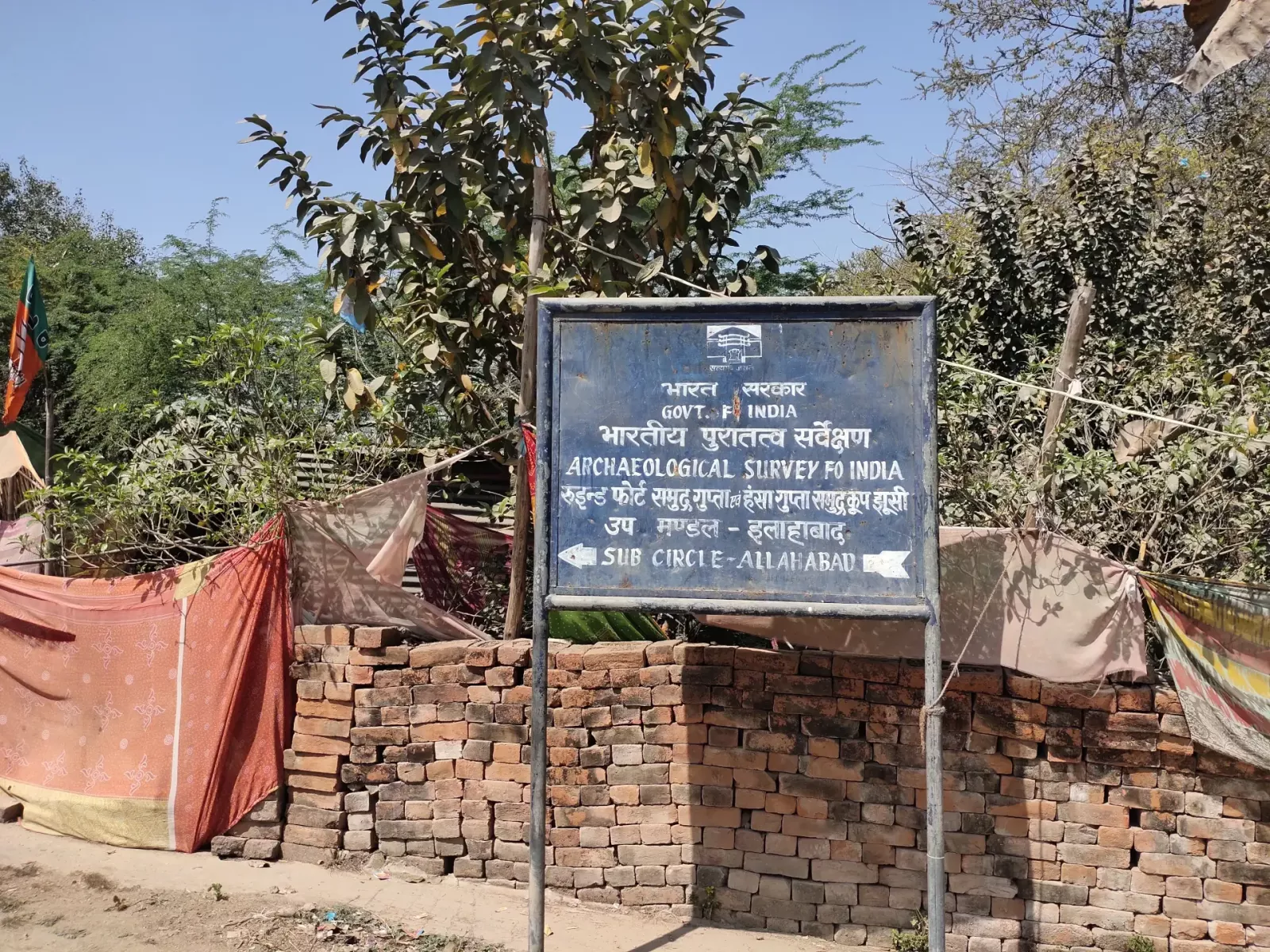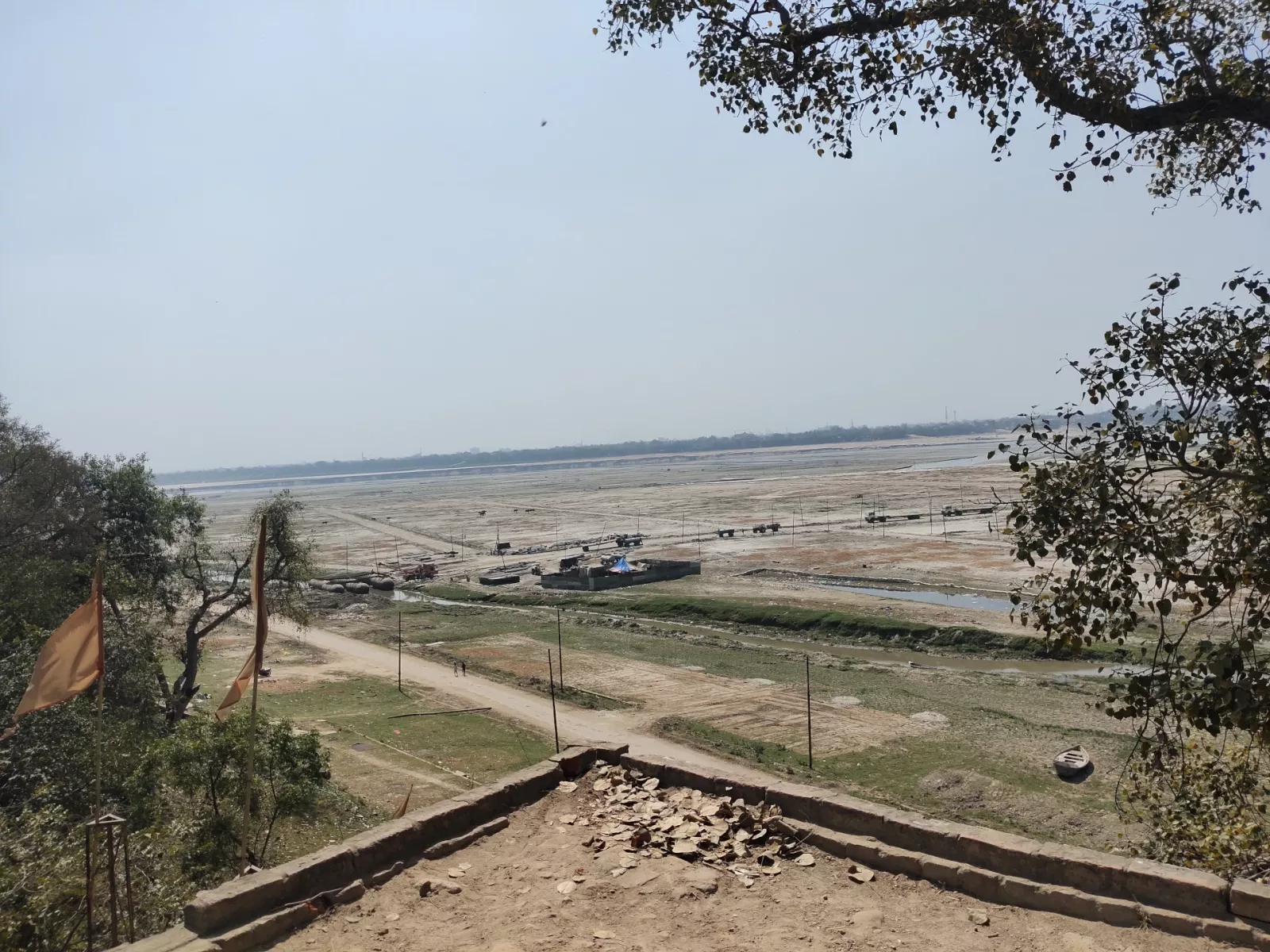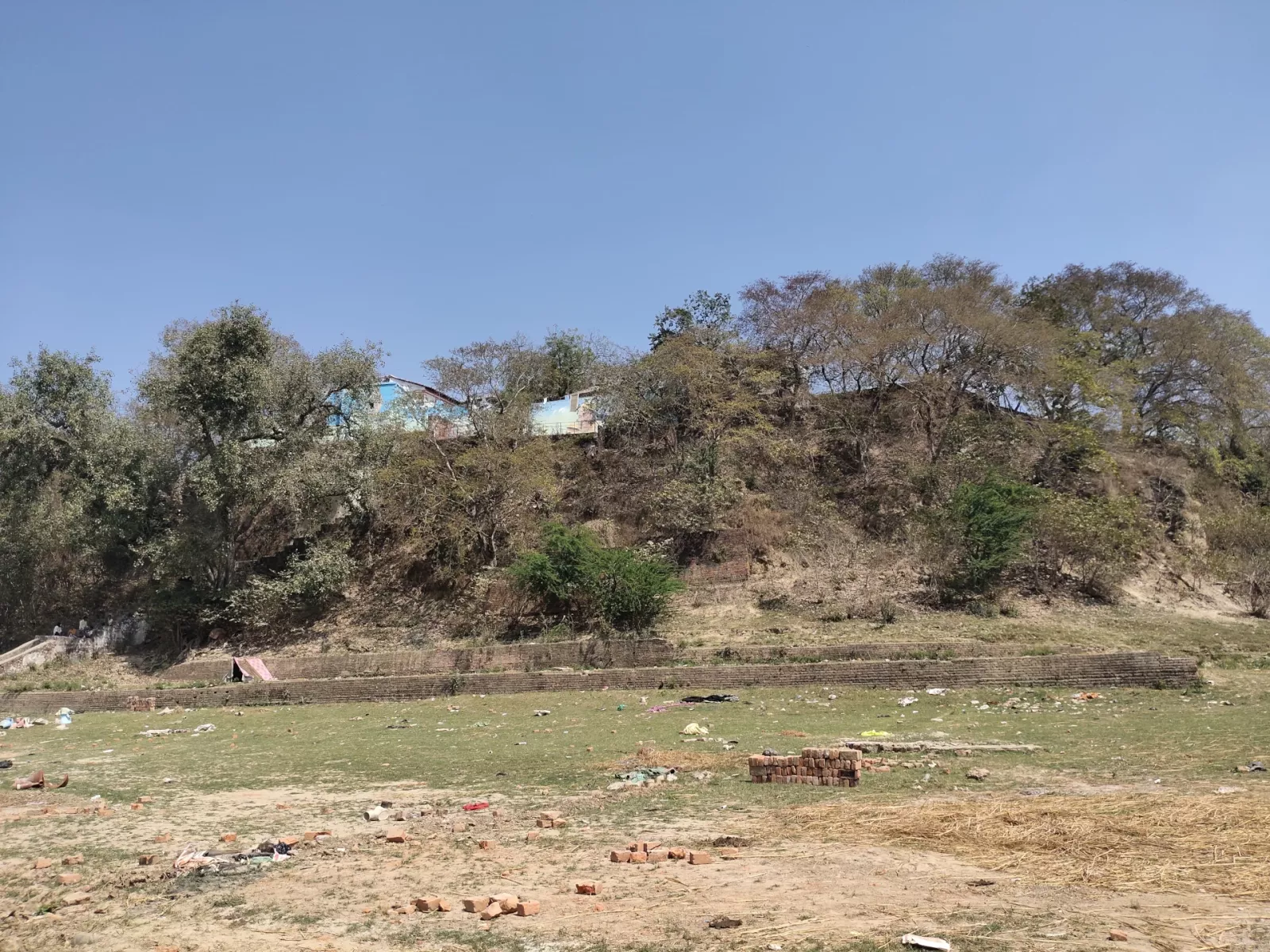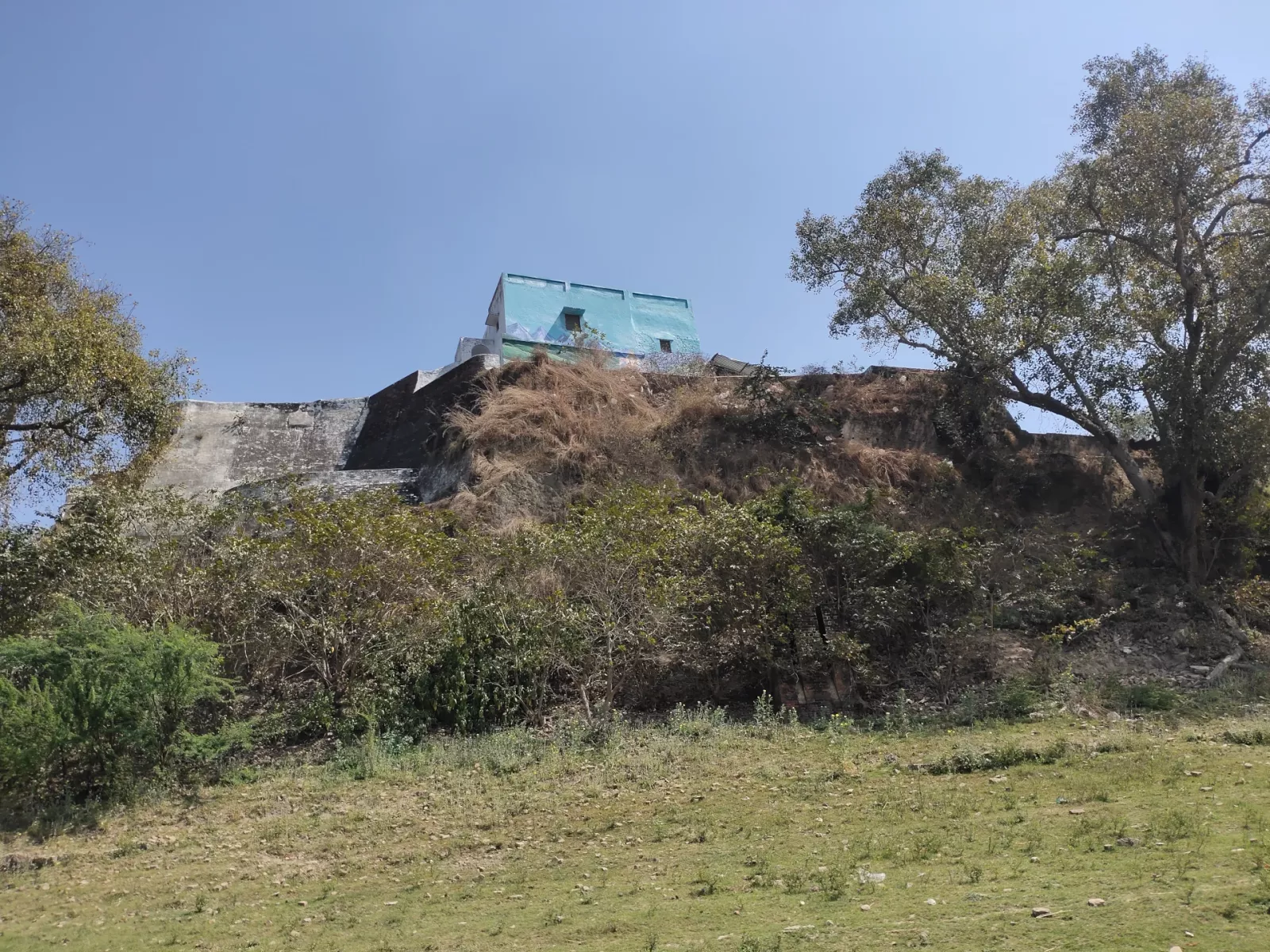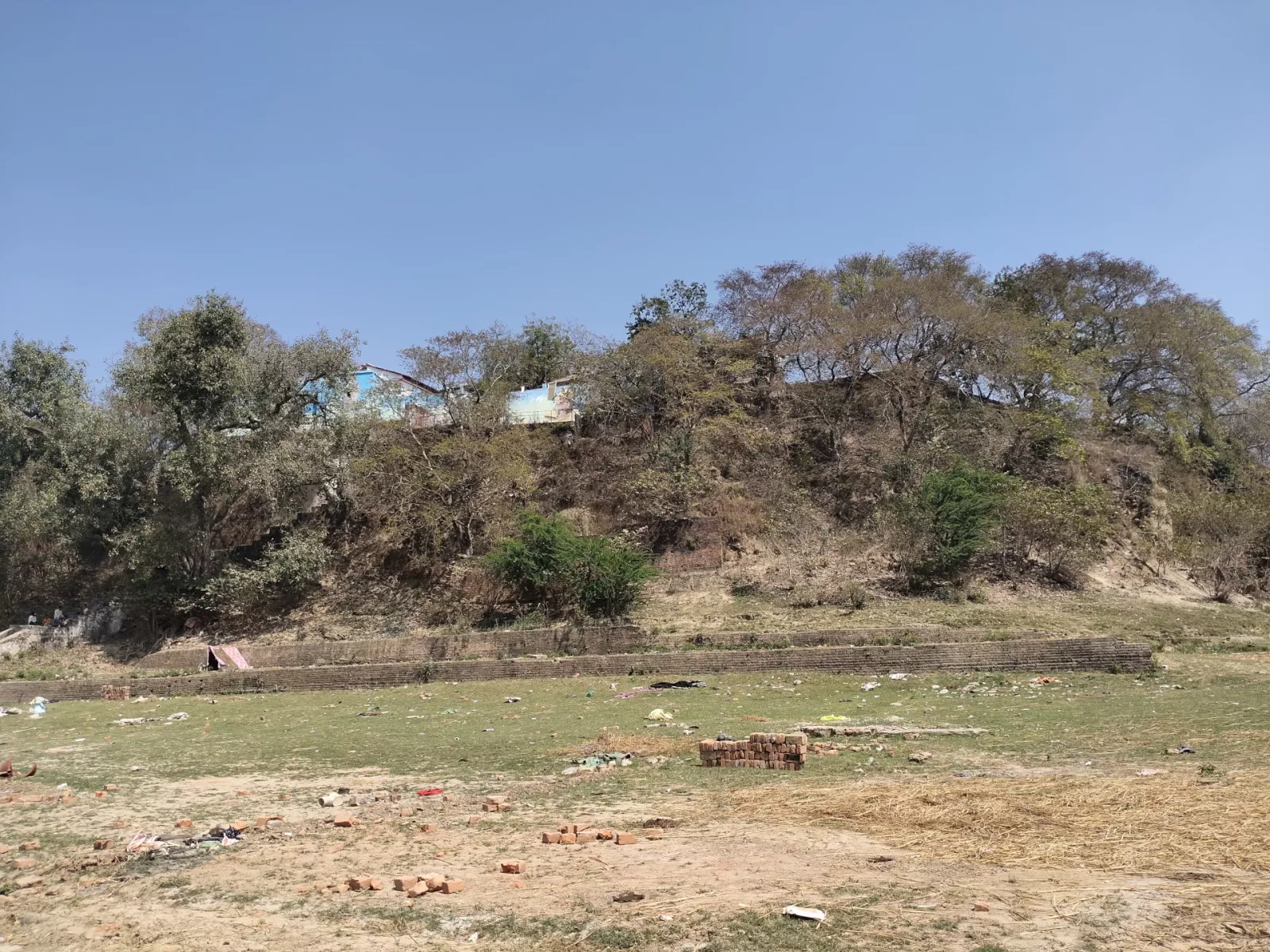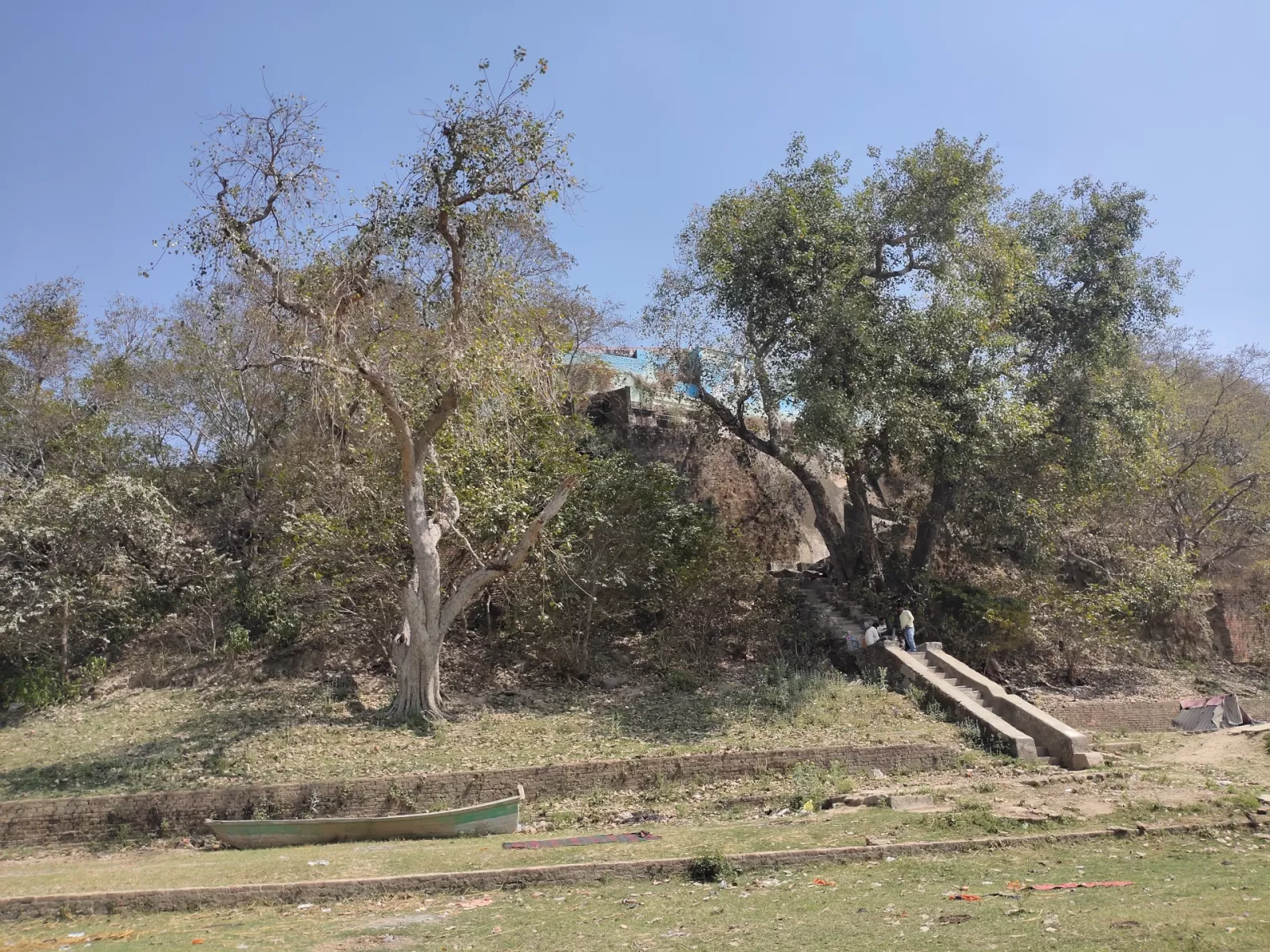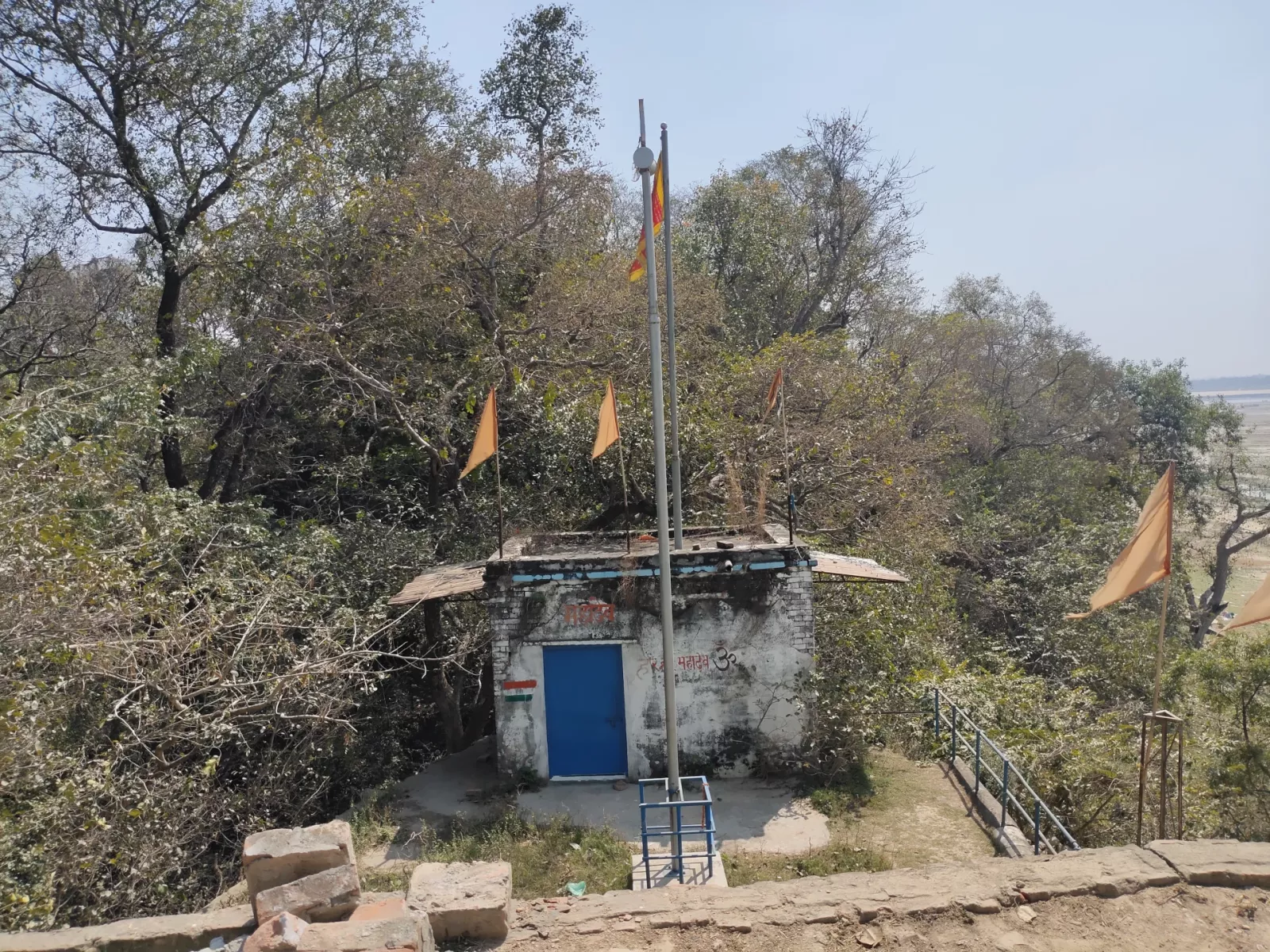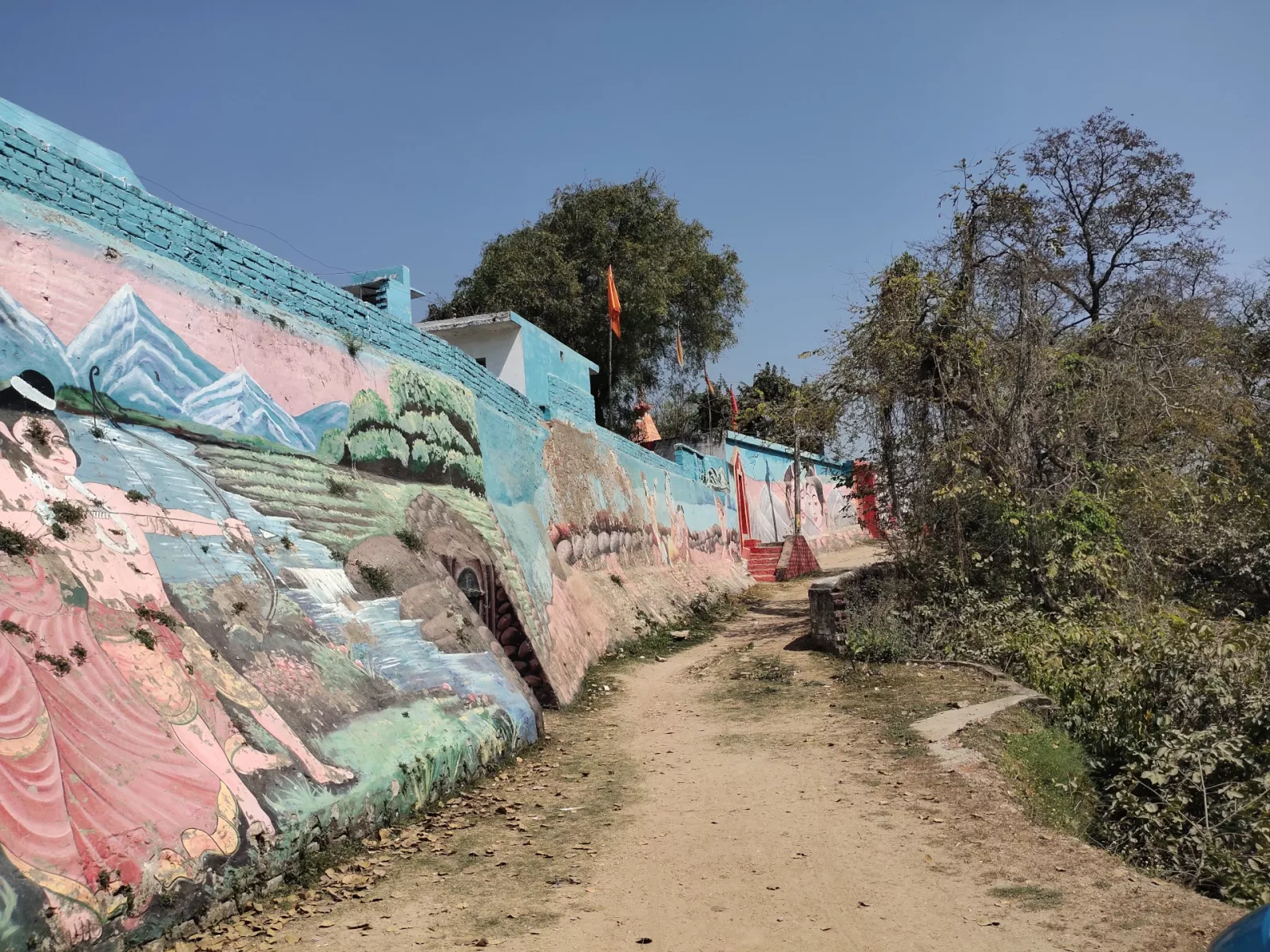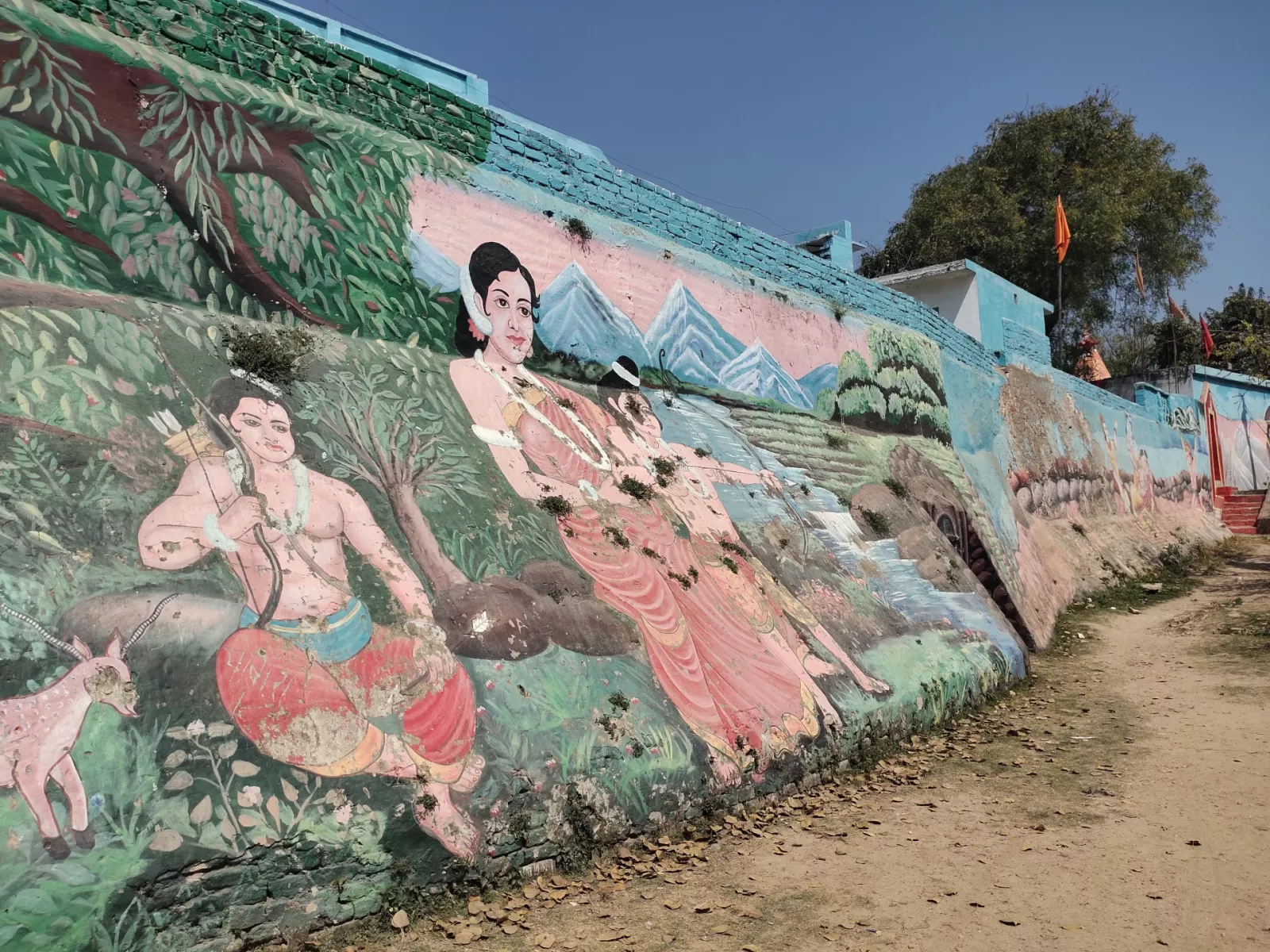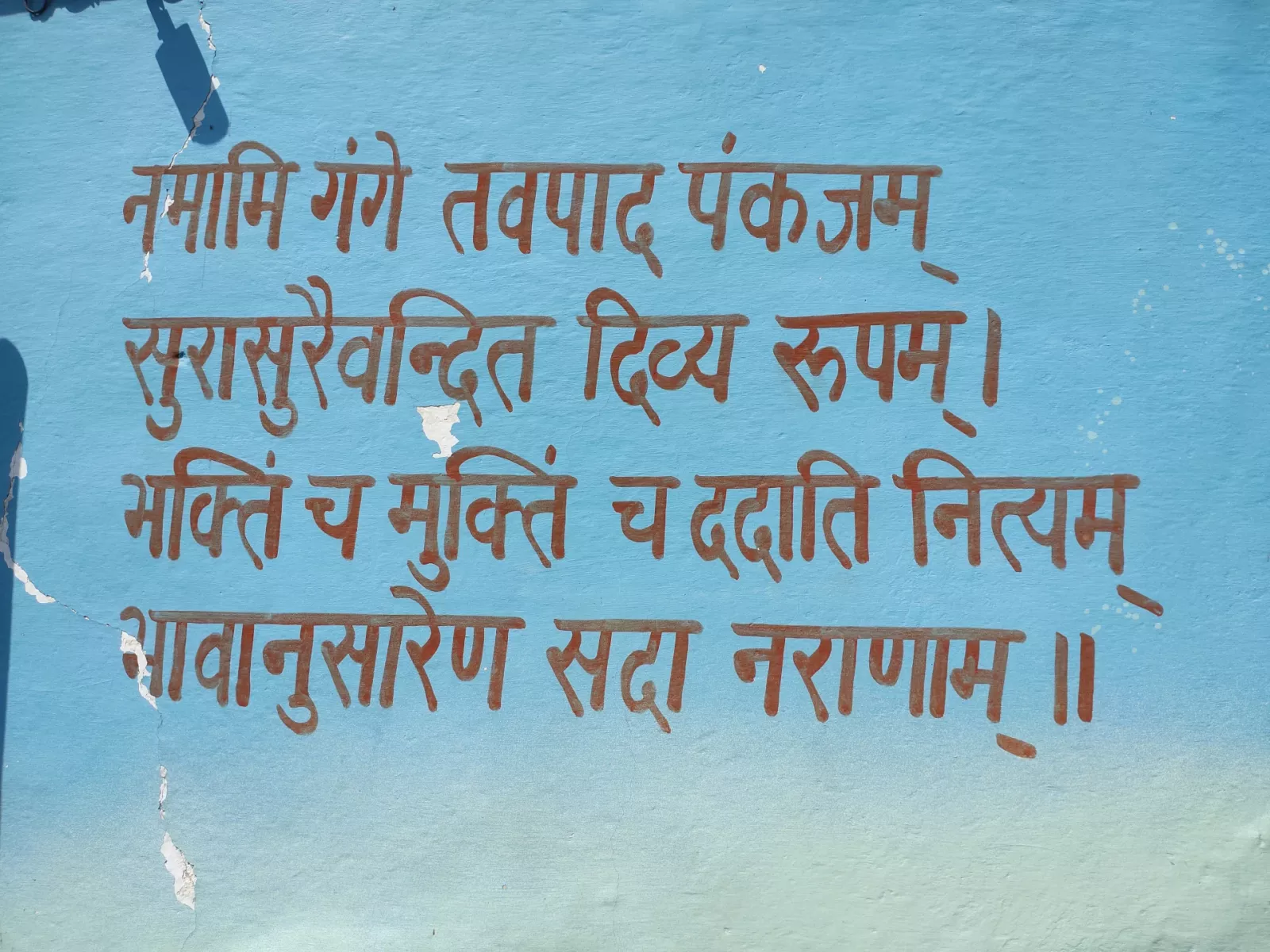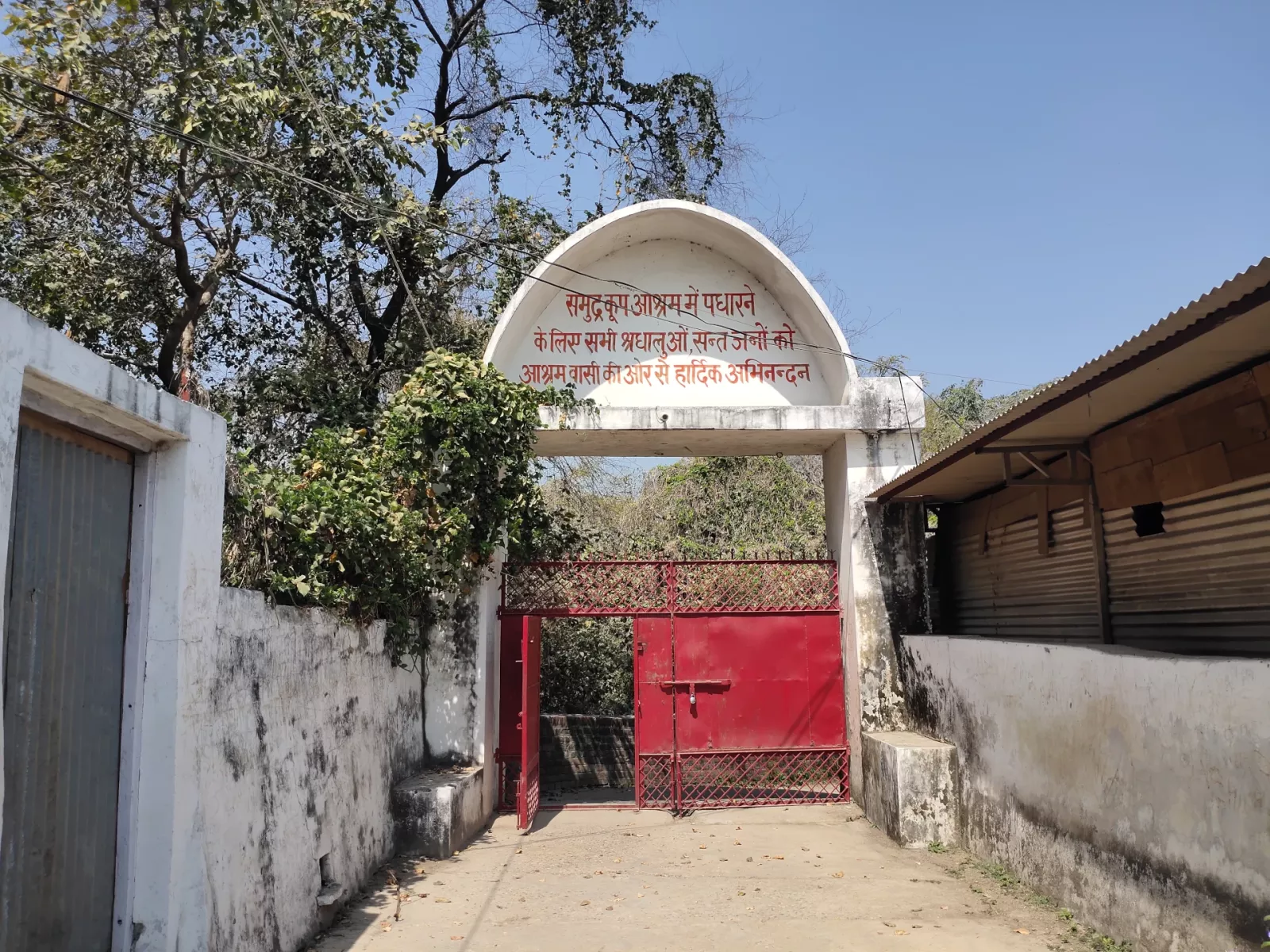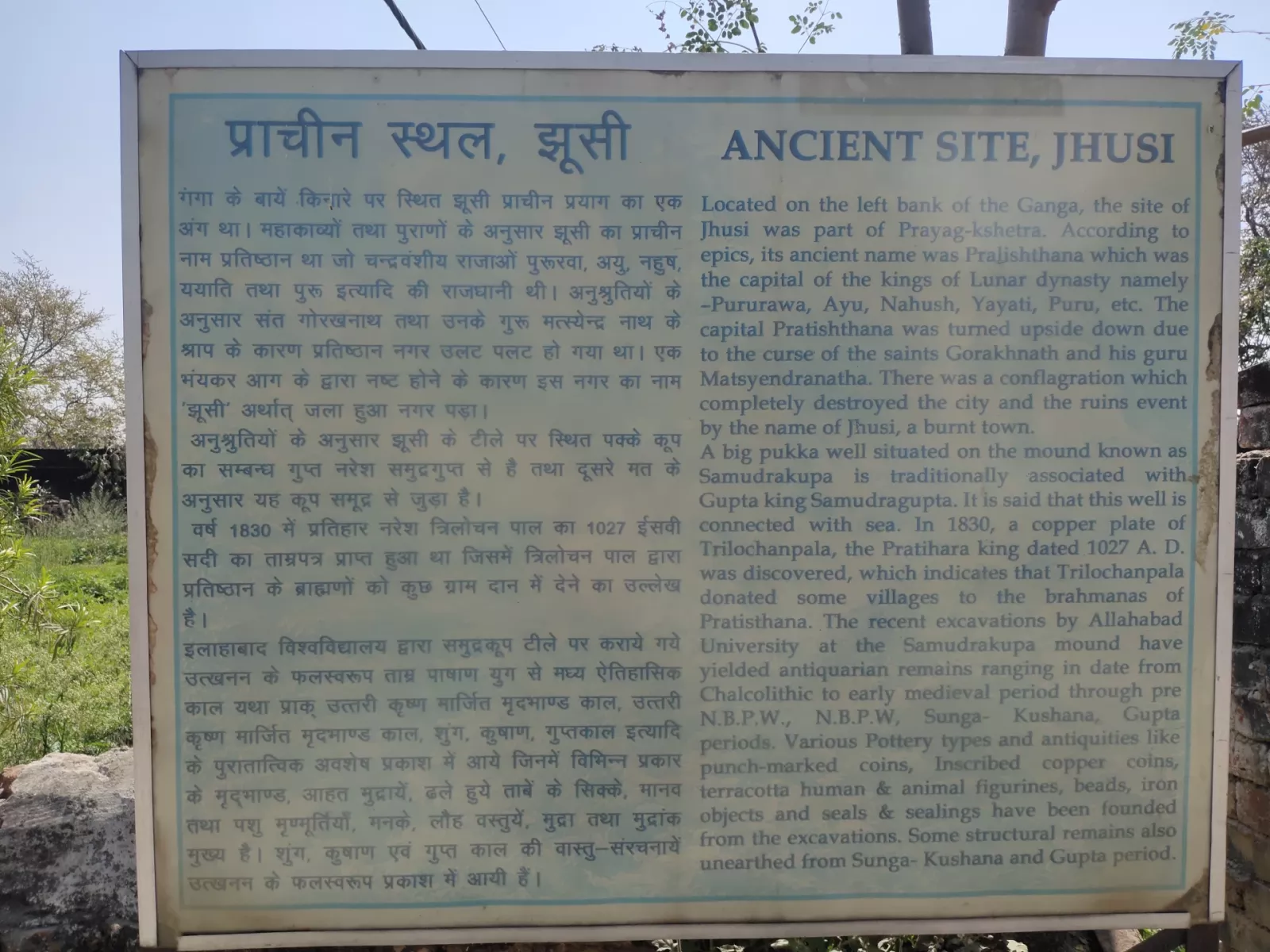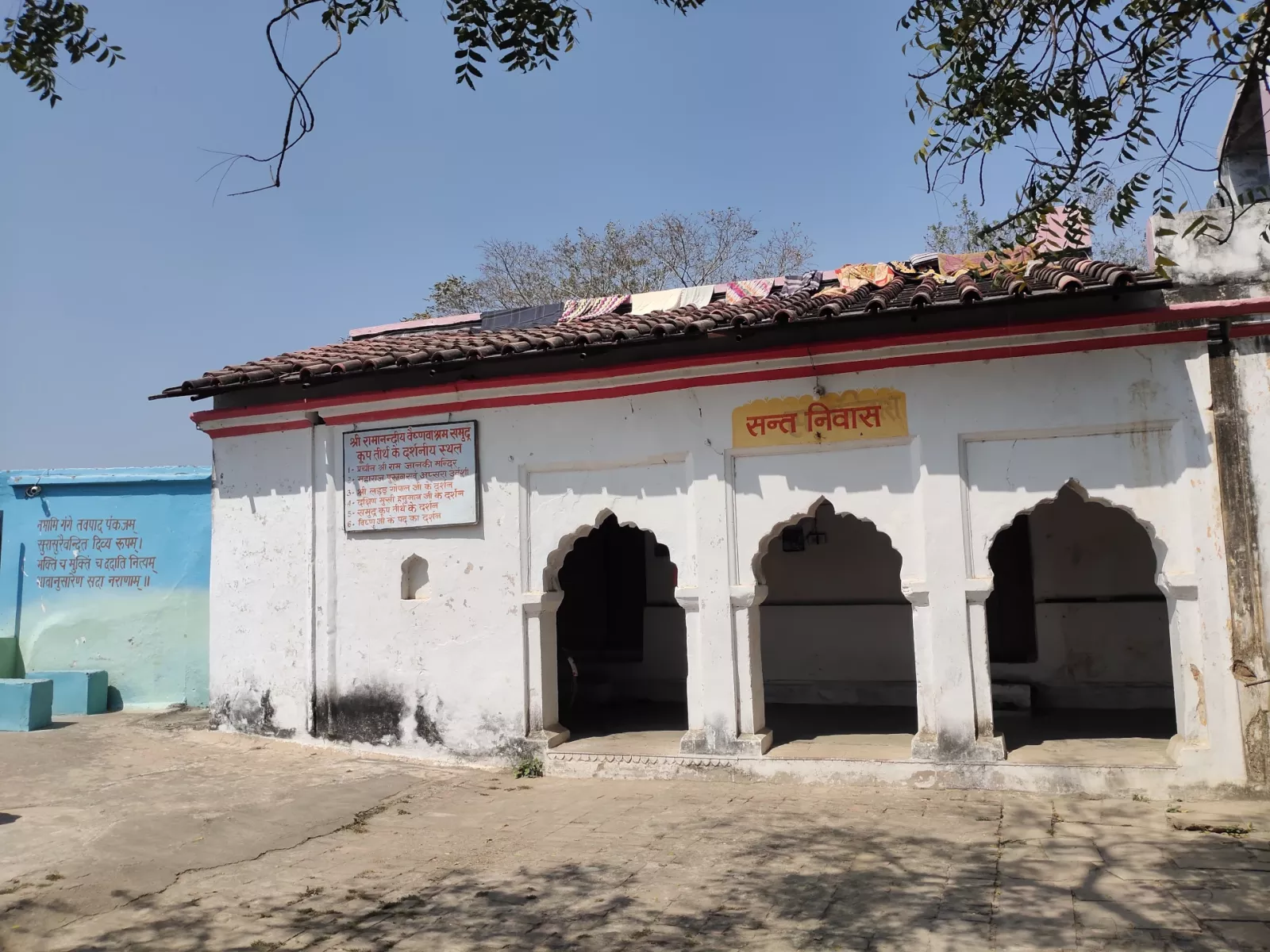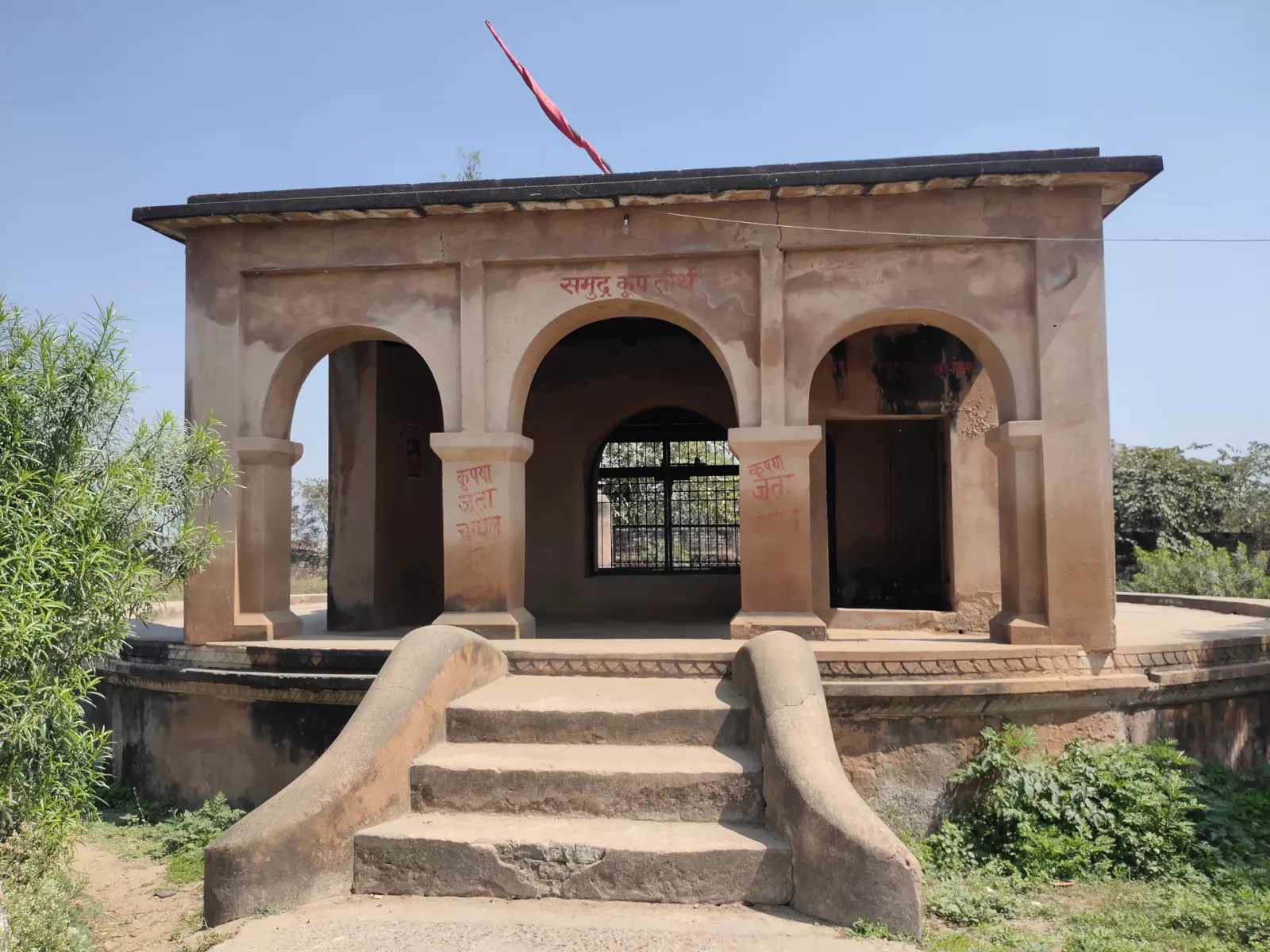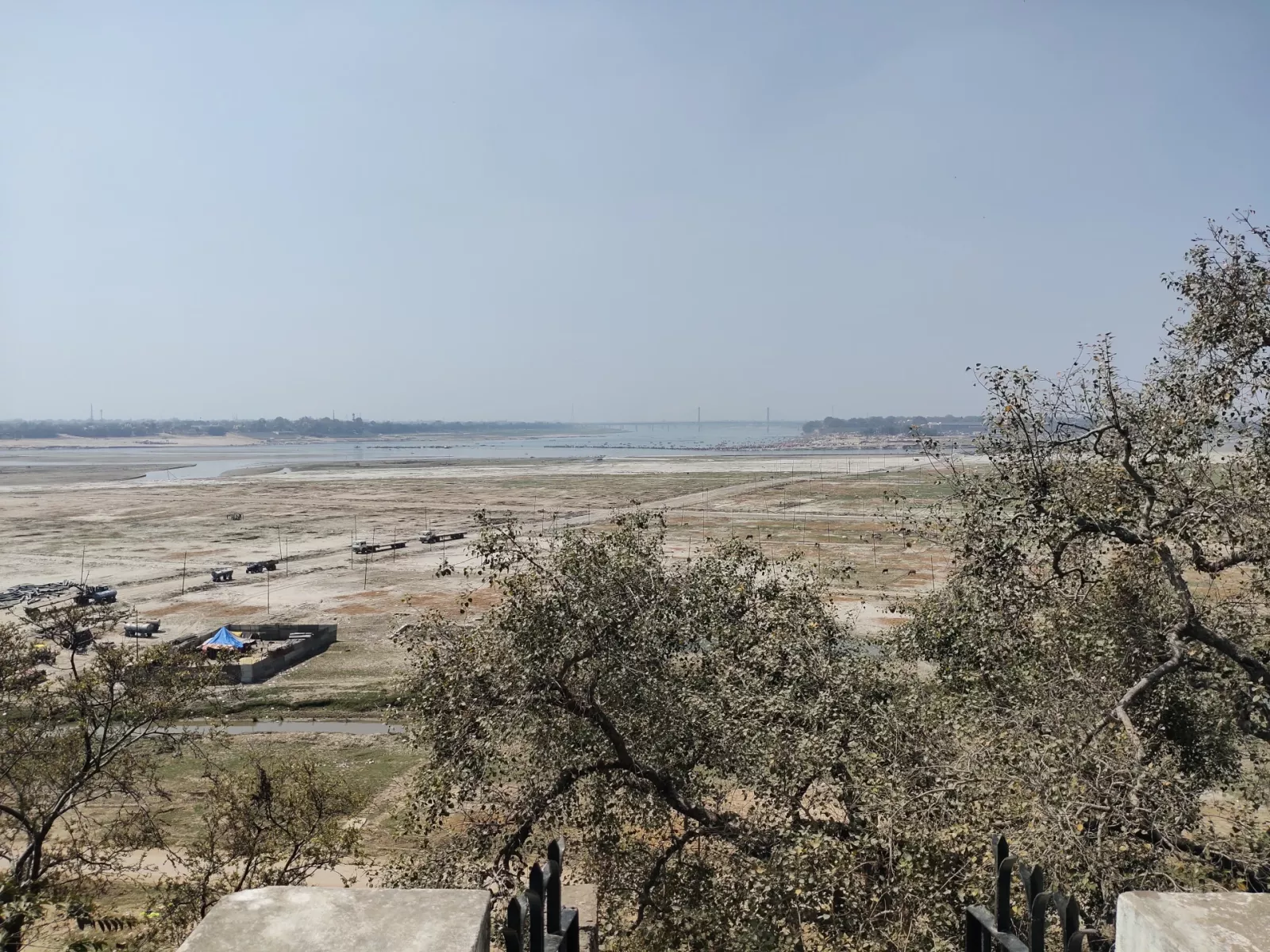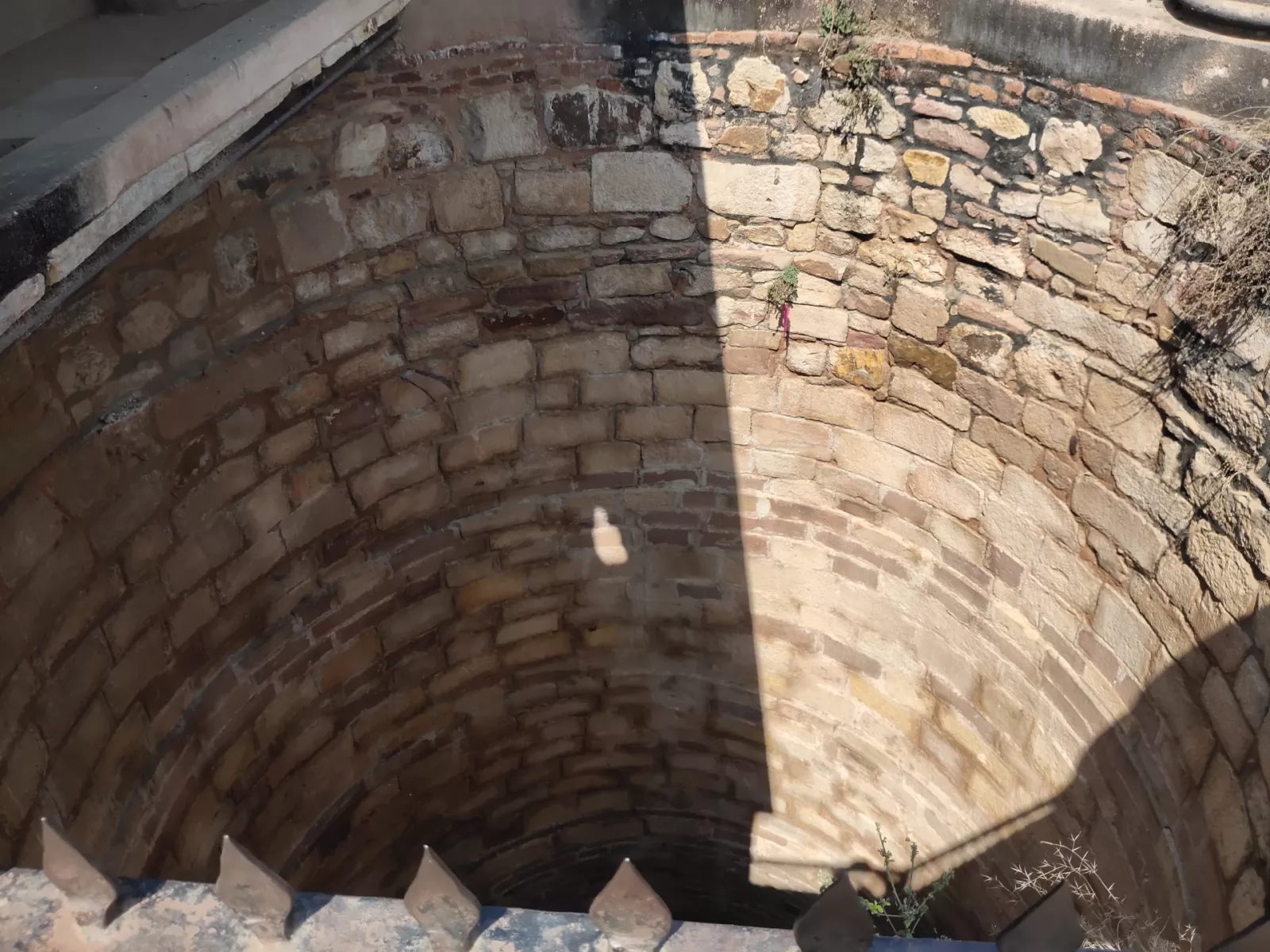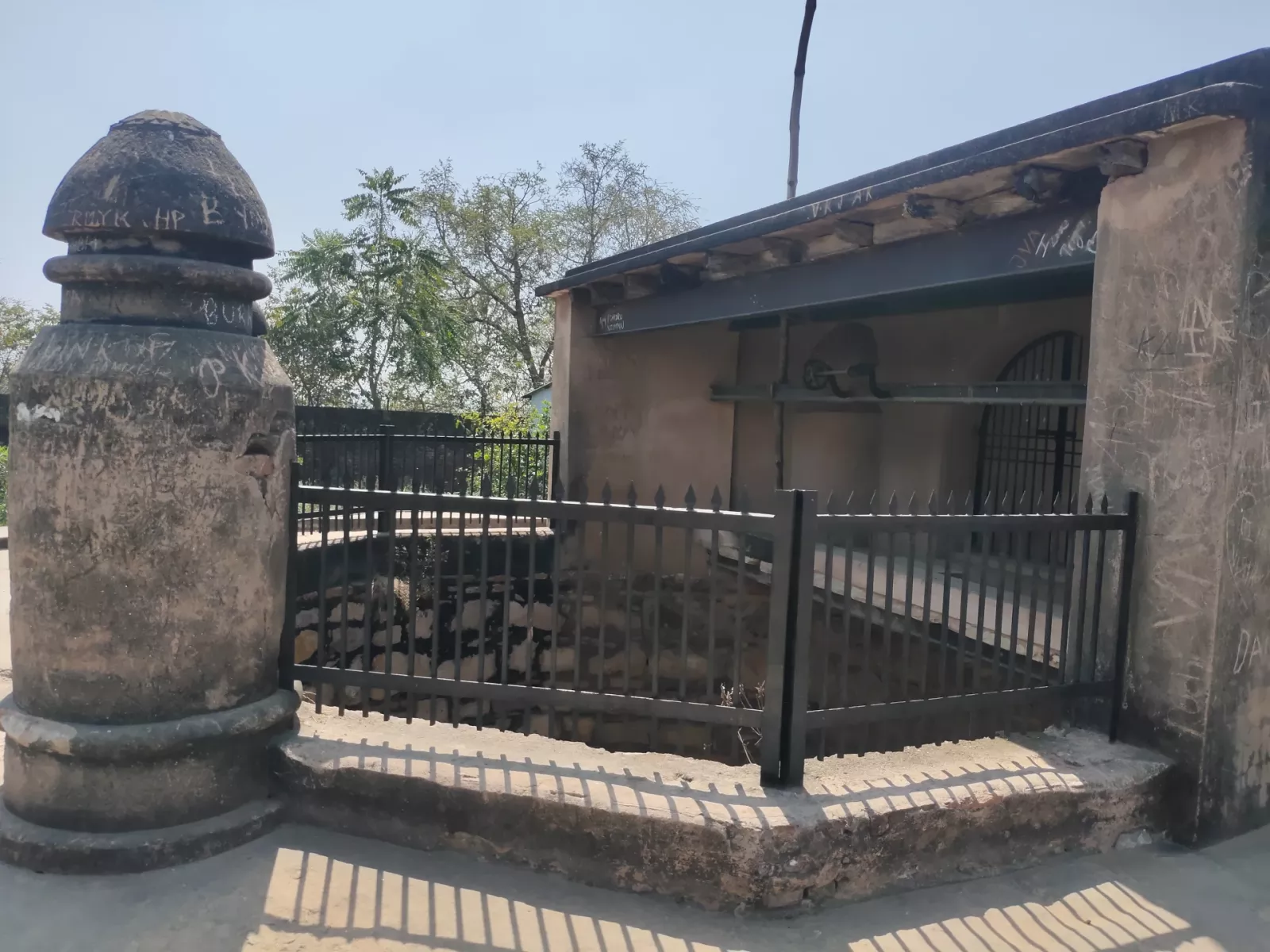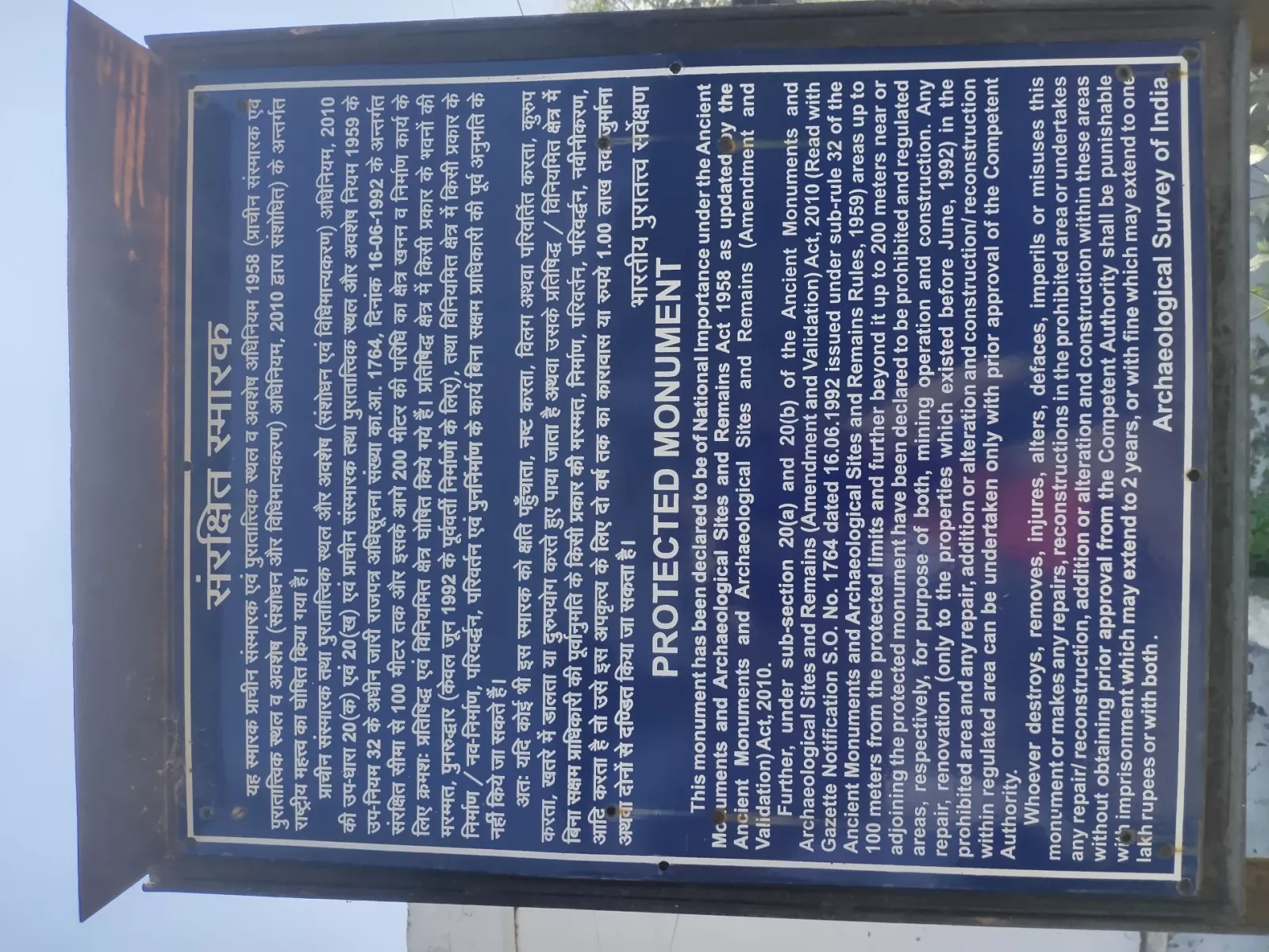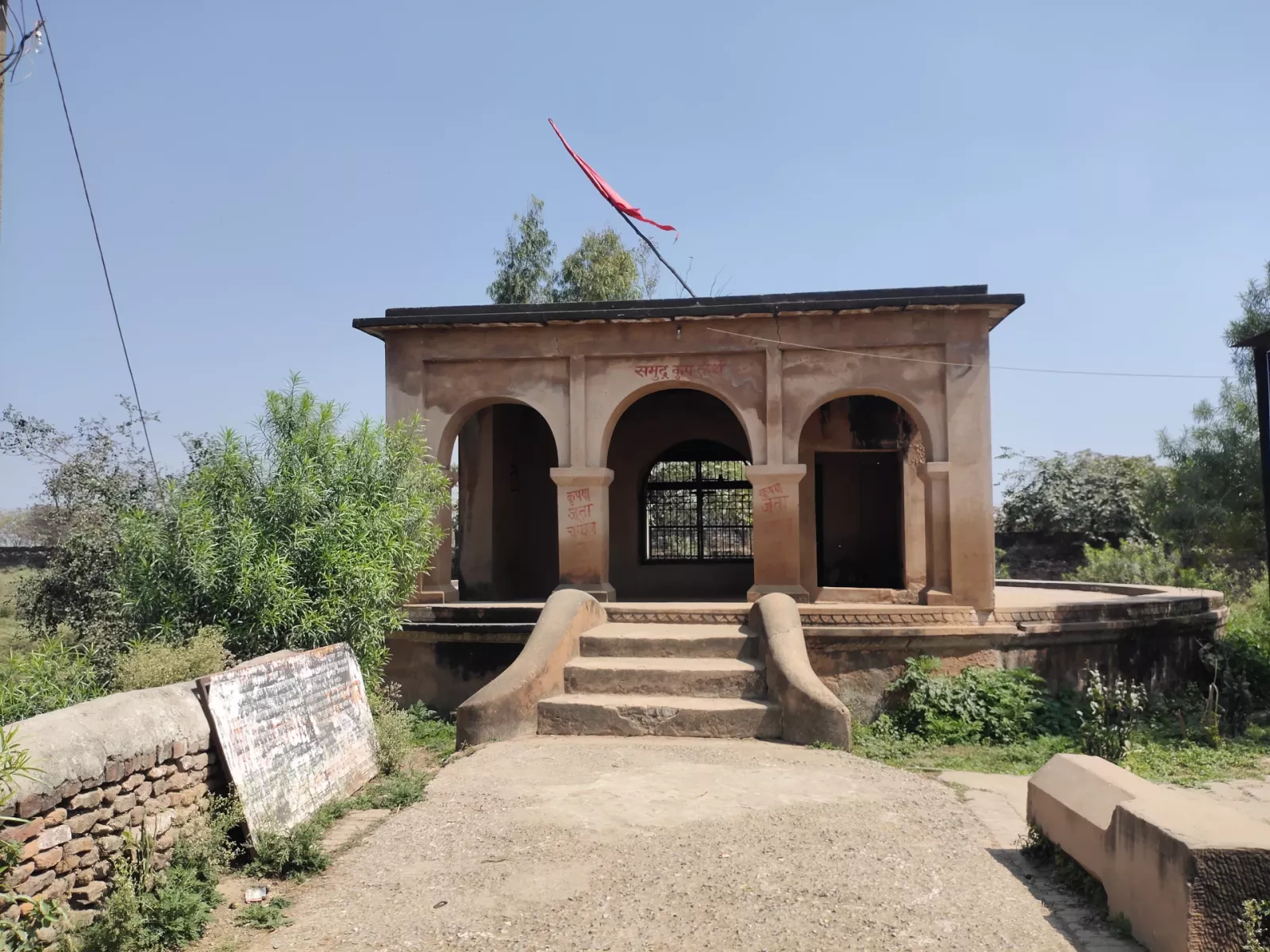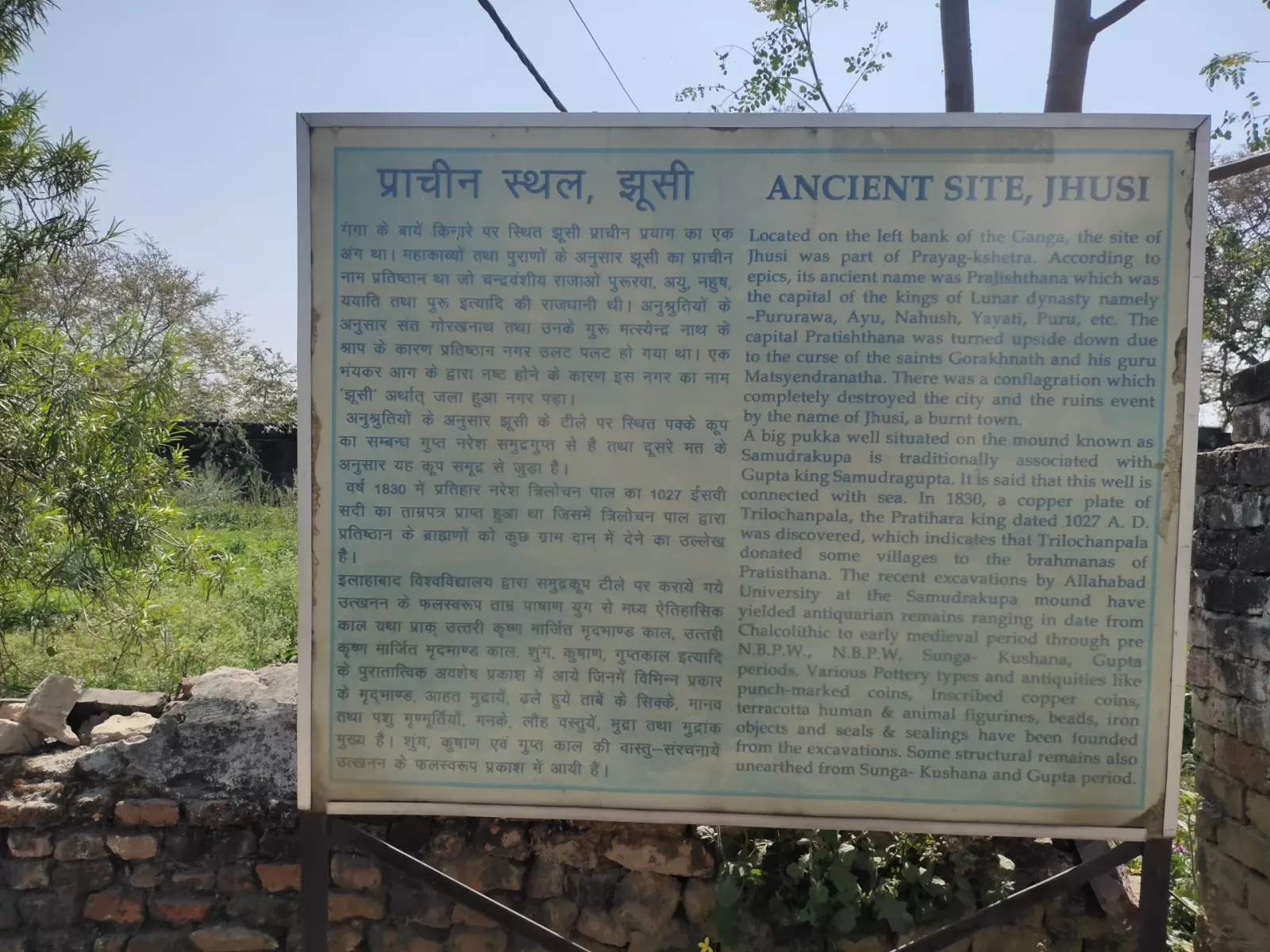Old Jhusi(Pratisthanpura)
Old Jhusi, also known as Jhusi or Pratisthanpura, is an ancient village located in Prayagraj (formerly known as Allahabad), Uttar Pradesh, India. It is situated on the eastern bank of the river Ganges and holds significant historical and archaeological importance.
Key features of Old Jhusi:
- Archaeological Site: Old Jhusi is an important archaeological site that dates back to ancient times. It is believed to have been a prominent settlement during the Gupta period (around 4th to 6th centuries CE) and later during the medieval era.
- Historical Remains: The site of Old Jhusi is adorned with ancient ruins and remnants of temples, stupas, and other structures. These archaeological remains provide insights into the city’s past and its role in India’s historical context.
- Pratisthanpura: Old Jhusi is also referred to as Pratisthanpura in historical texts. The name “Pratisthanpura” translates to “City of Establishment” or “City of Temples,” indicating its significance as a religious and cultural center.
- Mythological Importance: Pratisthanpura is mentioned in ancient Hindu scriptures and mythology. According to Hindu legends, Lord Brahma, the creator in the Hindu trinity, is said to have performed a great sacrifice (yagna) at Pratisthanpura, making it a sacred and holy place.
- Hindu and Buddhist Connection: The archaeological remains at Old Jhusi include both Hindu and Buddhist structures, indicating the coexistence of these religions during the ancient period.
- Confluence of Rivers: The significance of Pratisthanpura is also due to its location at the confluence of two sacred rivers, the Ganges (Ganga) and the Yamuna. The confluence of these rivers is known as Triveni Sangam and is considered one of the holiest pilgrimage sites for Hindus.
- Ashokan Edicts: One of the notable findings in Old Jhusi is an Ashokan edict, which is an inscribed pillar or stone that carries edicts and messages issued by Emperor Ashoka during his reign.
- Kali Temple: One of the well-known structures in Old Jhusi is the Kali Temple. The temple is dedicated to Goddess Kali and is a place of religious significance for local devotees.
- Tranquil Environment: Old Jhusi offers a serene and peaceful ambiance, making it an attractive destination for visitors interested in exploring its historical treasures and experiencing the tranquil beauty of the Ganges riverfront.
- Samudrakupa: A well located in old Jhusi inside Ulta Qila is very ancient and famous among the people. According to the local people here, the water of this well is connected to the sea, due to which its water is salty.
Old Jhusi is a site that attracts history enthusiasts, archaeologists, and tourists interested in India’s ancient past. The exploration of its archaeological remains and the insights gained from the historical significance of the area contribute to a deeper understanding of the region’s cultural heritage.

